 ‘Brainstorming’ is an idea-generating session where you come up with a plot, characters, and ideas that will define your novel. You can’t simply get out your laptop and start writing your next big masterpiece—you need to know the direction in which you’ll take your story. That’s where brainstorming comes into play.
‘Brainstorming’ is an idea-generating session where you come up with a plot, characters, and ideas that will define your novel. You can’t simply get out your laptop and start writing your next big masterpiece—you need to know the direction in which you’ll take your story. That’s where brainstorming comes into play.
Here are five brainstorming techniques you can use if you’re struggling to generate ideas.
1. Skim-Read
Many times your personal brainstorming sessions need a little kick. It may not be that you’re not in the right frame of mind, or that your creative side is failing; it may simply be that your mind hasn’t found an idea just yet.
You can try quickly skim-reading a book from your library. Sometimes just the chapter titles are enough to get you going. Needless to say, you should never copy another author’s ideas. But this technique can spark your imagination and maybe even guide your impressions in an unexpected direction throughout the brainstorming session.
2. Use Contradictions
Let’s say your hero has the best intentions and great personal qualities. During the brainstorming session, look for ideas and personality traits that contradict the ones you’ve come up with. Your readers won’t identify with an ideal hero; they want complexity, and you can deliver this through contradictions.
Alternatively, if you’re completely stuck, start by thinking about what contradicts the main idea or theme of your story. If, for example, you’re writing about everlasting love, you can add characters who distort the traditional concept of love in every single way.
3. Read Similar Stories
A successful novelist delivers a story the audience has never seen before. You don’t want to follow the trends and write about vampires or dystopian societies similar to that of The Hunger Games. Readers will tire of repetitive trends and only respect the original work.
However, you can’t create a story that sets itself apart unless you know what’s already out there. This will be a longer brainstorming session that will help you come up with an ideal plot. If you find another writer has already covered ideas similar to yours, you can think of ways to improve your plot such as with an unexpected turn. That’s when you’ll have some real brainstorming to do.
4. Use Active Imagination
Most novelists understand that fiction writing is closely related to psychology, so you shouldn’t be too bored to explore the concept of Active Imagination developed by Carl Gustav Jung. It’s a method that requires you to find a quiet place, close your eyes, and imagine other people in the room with you.
Pick some of the writers you admire the most. They can be from any period in history. You can choose people you know, historical figures, celebrities…whoever you like. Imagine them as they are with their own personalities.
You then conduct a meeting, but you should allow your creativity and intuition to take over the show. What do they think about the plot? How would they develop the main characters? You’re not purposefully imagining their responses, you are simply allowing them to speak and take part in the meeting. If you really get into the spirit of it, there may be times when they interrupt each other or get into harsh discussions.
This technique will help you come up with fantastic ideas for your story. It may sound crazy, but try it a few times and you’ll be surprised with the ideas your subconscious comes up with.
5. Try Rolestorming
With this idea-generating technique, you pretend to be another person and apply their thoughts to the idea at hand. This is similar to a primitive version of Active Imagination, and it’s almost like a child pretending to be Captain America.
You put yourself in the shoes of another person and think of what he or she might say about your idea. It can be anybody from the perfect reader to Beyoncé to Stalin. It’s up to you. Rolestorming may yield no results, but it will help you examine the issues of your plot from another angle, and may even awaken your imaginative side.
The last thing a novelist is, is boring. The creative writing process demands an unusual approach, especially when you’re forming your initial ideas. These brainstorming techniques will help you dig into the deep areas of your sub consciousness. That’s where your best ideas are hidden!
About the Author
Linda Craig is an eager traveller, editor at Assignment Masters service, and passionate blogger. Her favourite destinations are Brazil and Nepal. Linda is currently working on her PhD thesis. You can find her on Twitter at @LindaUKmasters.









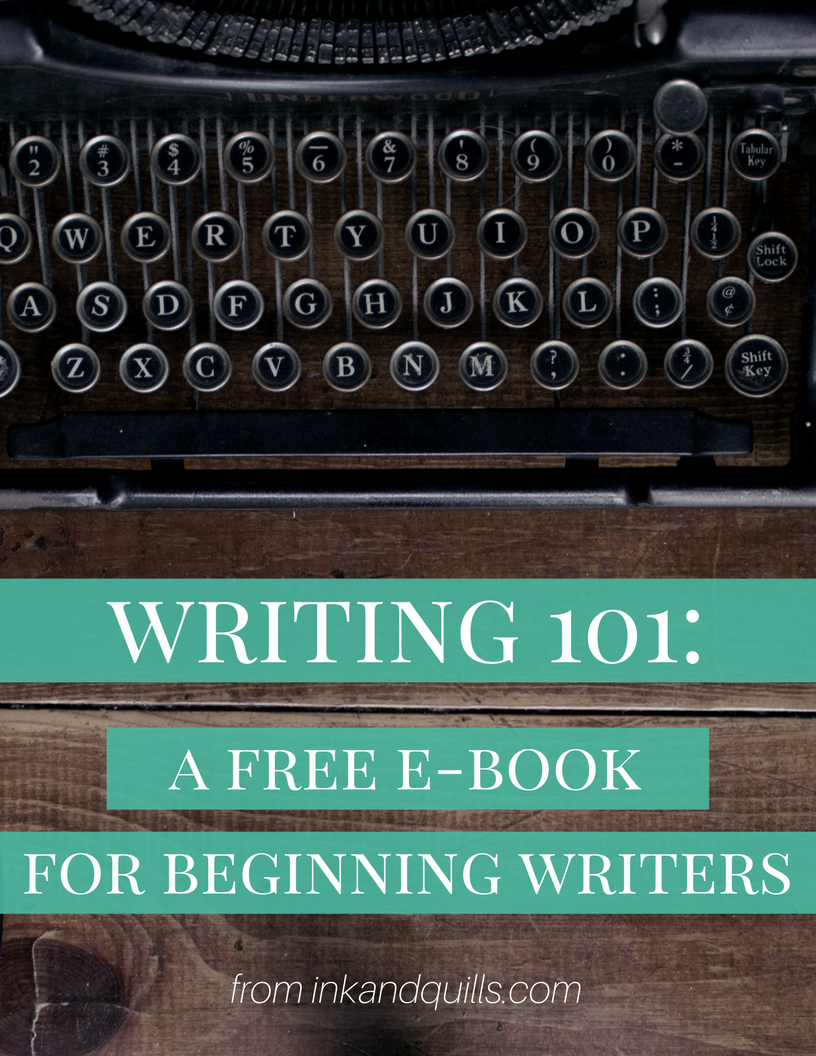

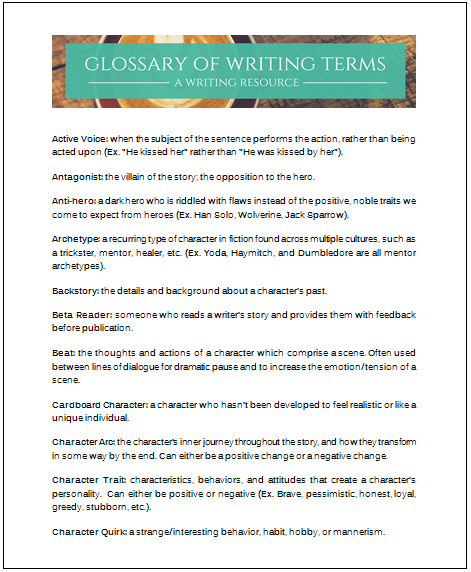

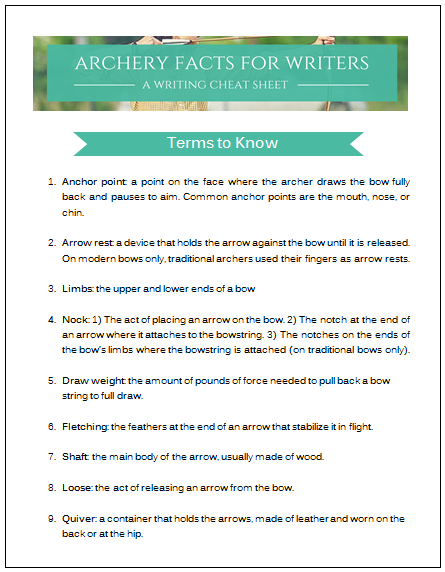



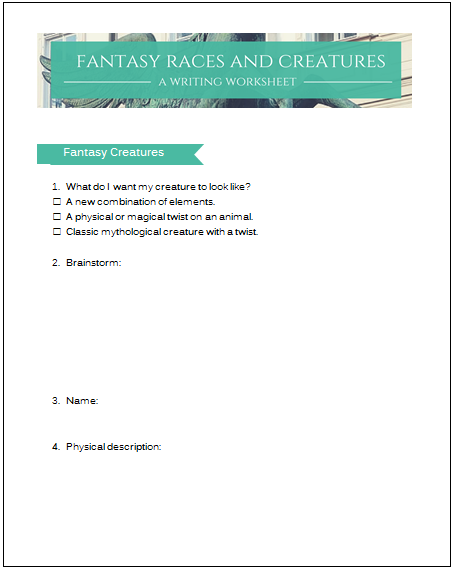


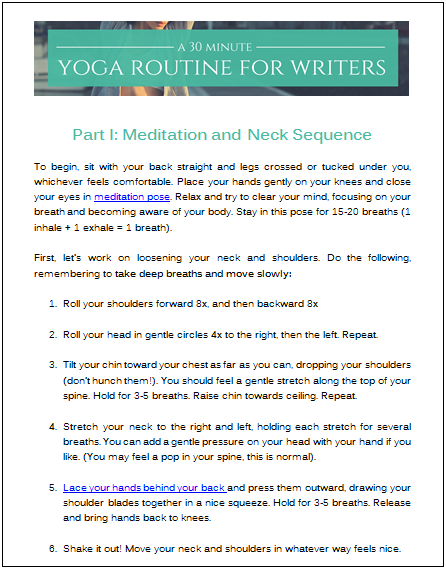
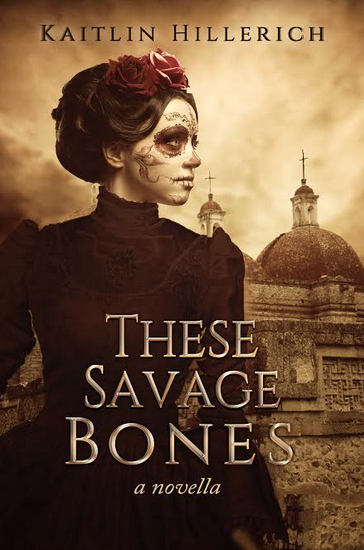
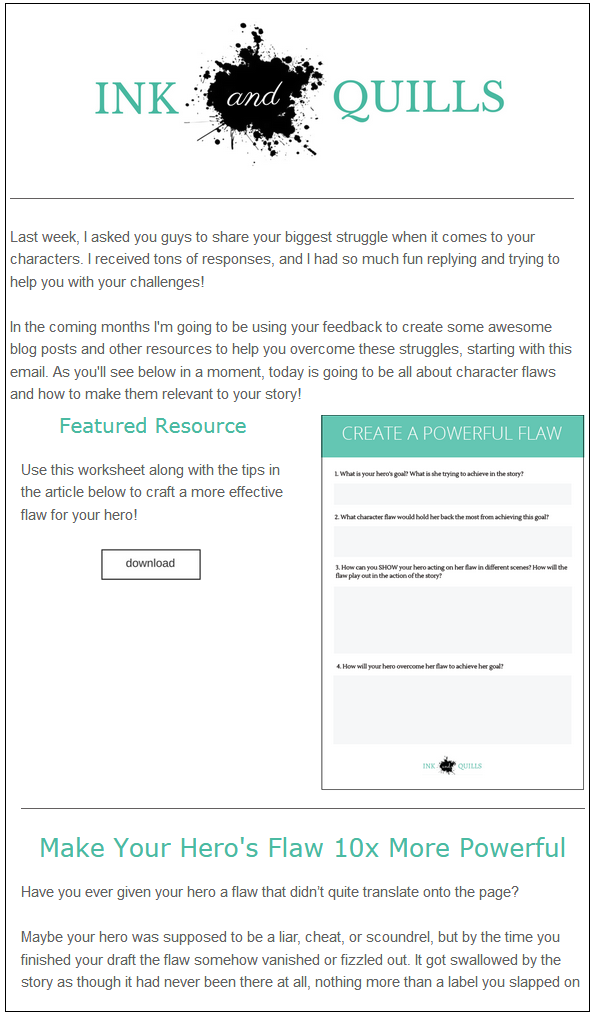
Thank you so much for this. I definitely struggle with brainstorming and plotting. I find the actual writing part much easier than coming up with ideas, and it’s something I really want to work on this year 🙂
Glad you enjoyed the guest post Stefanie! Brainstorming can be frustrating but once you get going it’s a lot of fun. I think most writer struggles with coming up with ideas but I think the more you work you imagination the easier it gets 😉
Perfect timing for your post to show up in my mail today!
I began a new outline about a week ago which ended up going nowhere fast, unusual for me.
I particularly love how you tied in the Jungian techniques to approach a stall out. Although I frequently use the rolestorming, I’ve never considered the “mental meeting” aspect of tapping into some of my favorite authors.
Thank you so much! Off to do some skimming and contradicting now!
Hooray for perfect timing! I found Linda’s explanation of the Jungian techniques interesting as well, I haven’t tried those before. Good luck with your brainstorming, Ingrid!
Role-storming is a new name for a technique I absolutely adore. Thanks for sharing! I do wonder at point 3 though; I feel like there’s a contradiction. You can write vampires and dystopia and still be original (as far as originality goes when everything under the sun has already been done in one way or another). After all, you can always use that (hopefully) unexpected turn.
I hadn’t heard of role-storming before now, it sounds like a great technique! I agree that you can always find ways to be different in a crowded market, I think she probably meant you should come up with ways to stand out in areas that have been overdone. I’ll have to clarify that! Thanks for stopping by, Blaise 🙂
Love the idea of brainstorming with contradictions. What a great way to keep from falling into a tired plot or set of characters. Another brainstorming trick I love is the “Rule of 10.” When brainstorming key plot points, character traits, motivations, etc., try to make a list of ten possibilities. The first ones that come to mind will probably not be the most unique, creative, or memorable. But if you keep pushing yourself, you might come up with something truly striking for your story.
–Sam Taylor, AYAP Team
I’ve heard of similar strategies like that, and I think it’s a fantastic idea. They say when you list out the possibilities it helps you to do what the reader won’t expect, which is true. If you first thought is for Character A to do X, then that’s probably the reader’s expectation too. Gotta stay clever to throw off those readers 😉 Thanks for sharing, Sam!
Nice brainstorming article Linda. Thanks for including my “Rolestorming” creativity tool. It’s racing all over the world and getting heavy usage in writing and product marketing (writing is a product).
Since I started using rolestorming in Silicon Valley, I’m advising more people to skip the old brainstorming altogether and start asking themselves, “What would a nurse, a fireman, Adele, Napoleon, Angela Merkel, Steve Jobs, or your enemy say about the issue they’re trying to resolve.” Rick Griggs, rolestorming inventor
This is great! I love your idea about contradictions. I often start by writing down my plot and narrative questions (Will X become queen? Will X fall in love?) and then trying to find the most interesting combination of answers. Looking for contradictions always leads me to more interesting stories.